When we think of great restaurants, we think of food—its perfect presentation and the tastes that linger. Or we think of the service, the sommelier who knew exactly what we wanted or the server who didn't miss a beat. Then there's the ambience, the perfect light, vaulted ceilings, the warm buzz of conversation. Rarely do we think of the person behind this scene.
At Redbird, one of Los Angeles' new(ish) and lauded restaurants, Amy Knoll Fraser is that woman. As co-owner with her husband, Neal Fraser (Redbird's chef), you'll find her everywhere—floating across the floor, greeting guests or leading operational meetings. She can also be found next door at Vibiana, the Fraser's newly restored events space in what was once the first Archdiocese Catholic cathedral of Los Angeles.
The restaurant bug runs deep. Amy's earliest memories, in fact, are from sitting at the bar in her great-aunt and uncle's restaurant, sipping Shirley Temples while watching them prep for nightly service. It's this passion for the dining experience that's led her down a decades-long path in the industry. Restaurant ownership isn't for the weak-willed, and Amy proves daily that she's anything but. In addition to Redbird and Vibiana, she and Neal also own and operate BLD (the ideal neighborhood spot where breakfast is served until 3) and Amy runs icdc, a "sweet little shop" with pastry chef, Mariah Swan.
The hours are long, varied, and chock-full of unexpected complexities, and yet, Amy still makes it home for bedtime rituals with her daughter, Roan. This is a woman who's found balance on her own terms in her own world—one that cherishes the careful details, often overlooked, that go into an unforgettable meal. We'll certainly toast one of Redbird's Kingsale King cocktails to that.
Her Starting Point
You were raised in Tennessee and then attended college at the University of Kentucky. Tell us a bit about what it was like growing up in the South. Do you feel your childhood there influenced who you are today?
I spent most of my young life trying to get out of the South because of the conservative culture. My grandparents had a house on a lake in Upstate New York, so we’d go every summer. My friends there were from New York City, Cleveland, Pittsburgh...so I had exposure to Big City culture, and I loved it.
But the South is beautiful, and Southern Hospitality is genuine. The guest is always the most important person—promptly offered a drink upon arrival, served the biggest slice of cake, seated in the most comfortable chair, allowed to talk the most. The guest gets all of the attention from start to finish. That absolutely informed my approach to service.
Not having many, if any, great restaurants in my hometown made me appreciate a fantastic dining experience. My great aunt and uncle owned a restaurant in Morgantown, West Virginia called This Ole Farm, and I loved going there as a kid, sitting at the bar drinking Shirley Temples and watching the staff prep for evening service.
In our restaurants, we focus on the totality of the dining experience, not just the food. The feel of the space—the decor, the music (and the volume), the light, the service, the temperature, the timing, the cocktails, and the food—when it’s right, it what makes a meal special. You enjoy the folks sitting at your table all the more. We create the kinds of spaces that we want to frequent.
And although I don’t eat it a lot, I do love Southern cooking—chicken fried steak, fried okra, sausage biscuits and gravy. Neal occasionally makes nods to my affinity in his dishes like the Rabbit Sausage Gravy and Biscuits on the Redbird brunch menu.
You actually dual majored in Painting and Art History. Did you want to be an artist initially? When did you find yourself drawn to the food industry instead?
Yes, I always wanted to be an artist, although I don’t get to draw and paint as much as I’d like these days. My parents kept me in the South as long as they could, but the second I graduated from college, I moved to San Francisco, knowing no one, with just a suitcase full of clothes. Of course, there weren’t many jobs for painters available, so I got a job in a restaurant.
I am fortunate that my career is a creative one, especially as an independent owner. In our profession, creativity is key—and not just in the visual or culinary sense. To survive as an independent restaurateur, being creative with the business itself is crucial.
Also, designing our spaces has been great fun for me. I’m fortunate that [our] designer Robert Weimer is truly collaborative. He’s a fantastic listener, and we work well together. Function is as important as form to me because proper function saves money operationally.
Tell us about your early work and experiences. What did those real life experiences teach you that you couldn’t have learned in school or anywhere else?
I think there is so much to learn just by paying close attention—including what not to do. I like to watch first to figure out how things work, then give it a try knowing it might take a few times but eventually I will get it. My parents were very creative and entrepreneurial—they owned their own businesses. I learned a lot from them about risk aversion, hard, hard work, survival, and humility. My sister and brother (attorney and contractor, respectively) own and operate their own businesses as well.
Before meeting your partner, Neal, you’d been working in restaurants but together you decided to open your own—Grace—in 2003. What made you want to open your own restaurant, and how did you know the timing was right? How did you plan/prepare for striking out on your own?
We fell in love and loved working together, so starting our own restaurant seemed a natural progression. We began raising money for Grace right as 9/11 happened, and it ultimately took us three years [to reach our target]. We catered in the meantime. Three years meant we had a lot of time to think. I did a lot of research, took a class at UCLA on how to open a restaurant that featured local, successful restaurateurs—we did as much development as we could afford.

Her Big Break
After Grace, you went on to open BLD, which was always meant to be a neighborhood spot. How did you come up with the concept? What did you feel made it unique in the L.A. food scene?
Neal and I were never breakfast people—probably something to do with working so late into the night. But when I became pregnant about a year after we opened Grace, breakfast became sacred. I needed it. So Neal would make breakfast for me—ricotta blueberry pancakes and the Spanish scramble (that are on the BLD menu to this day) and other things out of whatever he found in the fridge. When he didn’t feel like cooking, we would venture out into our neighborhood to eat. We never found what we were looking for in a restaurant—well-executed, quality food, good service, and solid design. So we set out to make our own. BLD is the kind of everyday food a chef cooks at home. We wanted it to be casual enough that you could just roll out of bed and come in for brunch.
Now let’s talk Redbird because obviously. You’ve received rave reviews (it made both Jonathan Gold’s 101 best restaurants and Besha Rodell’s Top 99), and it’s considered one of the hippest spots in downtown L.A. Tell us a bit about the space itself. What drew you to downtown (and a deconsecrated cathedral to boot)?
We catered an event at Vibiana [formerly the Cathedral of Saint Vibiana] in June of 2008. I was floored the first time I walked into the cathedral—it was 132 years old at the time and one of the city’s first architectural pieces. I took a tour of the entire property. While in the Rectory building, where Redbird now resides, my guide mentioned that the owners were looking for a restaurant to go in. I froze. I thought, “We have to do this. Neal has to see this.” He did and fell in love with it, too.
We began talking to the owners, Tom Gilmore and his partners. Interestingly, they had sent us a Request for Proposal to us, but I’d ignored it because we were overwhelmed at the time with two restaurants, catering, and a toddler. But we had always wanted to be in downtown LA. We’ve always loved it. We actually made a pact when we were first together—18 years ago—that we would live Downtown at some point. That hasn’t happened yet, but there is still time.
What’s your favorite part about running Redbird and restaurants in general?
My favorite part is when service sings. When everything comes together to make for a beautiful evening for everyone in the restaurant including the staff. So much goes into making that possible. It’s really magical. The same goes for events at Vibiana.
I love working with the people who work with us. I am so grateful for the effort and passion they put forth. Restaurant jobs are no walk in the park. They are physically exhausting and emotionally draining. It takes a lot to be successful in a role on a daily basis.
We know no day’s typical, but give us an idea of what a workday might look like from start to finish.
Morning: Wake up, review sales reports and service notes for all concepts, answer any emails I can knock out right then so that I’m ahead when I get to my desk at work, feed and walk dogs (or convince Neal to do it), get Roan (our daughter) up, dressed, packed up. Neal cooks breakfast, packs lunch, drives Roan to school or camp.
Mid-morning: Get to my office at Redbird as soon as I can, inspect facility, check in with Redbird managers and address issues/reservations, etc. for the day, check on any current construction or projects, answer more emails, compile daily list, post to social, have various meetings—with PR & Marketing, the management staff for any of the four concepts I oversee depending on the day, our accountant, attorney, designer, facilities manager, partners, sales directors, event managers…
Afternoon: Eat lunch at my desk, check in on BLD/icdc, answer more emails, more meetings, try to jump into Redbird Pre-Service Meeting (don’t always make it), try to jump into Vibiana Event Pre-Service Meeting (don’t always make it).
Evening: Dinner at desk, finish up any outstanding projects for the day, jump on Redbird floor for a bit to check on service, say hello to any guests I know, check in on event at Vibiana, check on Redbird.
Night: Try to make it home by 9:00 to tuck Roan in. On days I don’t stay late, I’ll pick up Roan from school/camp, cook dinner, help with homework, force a bath, trumpet practice, reading, bedtime, catch up on the news (I’m a complete junkie during election years). Bed by 11:00 latest, but I’m probably awake from 3:00 to 5:00AM remembering emails I forgot to answer, thinking of ways to improve service, worrying over work or family things, reading emails/news. Back to sleep by 5:00ish.

Her Perspective
In the food business, along with the accolades, there’s a lot of criticism whether it’s in a Jonathan Gold feature or an angry Yelp review. How do you deal with critics?
This is a tough one. Restaurants have so much exposure for criticism— more so than almost any other profession. Constant, unqualified criticism is tough to swallow. If everyone had an idea of how difficult it is to open, operate, and sustain an independent restaurant I think the judgment would be much less self-righteous and insensitive. We work so hard to create something special for those who visit us. To imply that we are purposely attempting to do the opposite is simply absurd.
That being said, we certainly aren’t perfect. So many variables are at play through any given service and attempting to control them all is a tricky business. Our philosophy is that you can never be overly prepared. Being prepared gives you time to deal with the things you can never be prepared for, if that makes sense. That’s why so much work goes into the front end of dinner service or one of our events. 90% of the work happens before service or an event begins—90% of the stress happens during service or an event.
I do read all of the reviews. I look for anything that rings true so we can learn from it whether it’s something that needs to be addressed with a guest, with the staff, or a particular dish. Any good feedback we share with the staff and thank them for their work. All the rest I try to forget. Not always easy. Especially at 3:00AM.
It’s also an incredibly high-stress job with long hours. How do strike a balance (especially since Neal works with you) between work and life?
My strategy is to pay very close attention to my daughter and my relationship with Neal. I am a workaholic and would work constantly if I were not a mother. There is just always so much that can be done. So I push things as far as I can until I sense we’re approaching an adverse effect. Then I pull back and do what’s needed, whether that’s spending more time with, planning a date night with Neal, or taking a vacation. I’m the type of person who needs to hole up to rejuvenate. I tend to do that at my house on Sundays whenever I can. A successful Sunday means I’m in my pajamas all day.
Running a restaurant, you manage a huge number of people. What’s your best advice for being the sort of boss people trust and admire?
Lead by example. Maintain high standards and demonstrate how to reach them. Always respect people even if they don’t respect you right away. Sympathize and empathize without personalizing. Listen. Hire people that are smart and kind above all else. Maintain a sense of humor. Be fair. Be supportive. Be patient and flexible and humble.
And finally, what do you wake up looking forward to? What’s next for your career?
I’m loving developing this amazing property—Vibiana—that we are so fortunate to have as our own for now. It’s satisfying on so many levels. The potential to be such a community space is super cool. As for what’s next, there are some other projects on the horizon and others on the back burner. We will just have to see where they fall.
You May Also Like
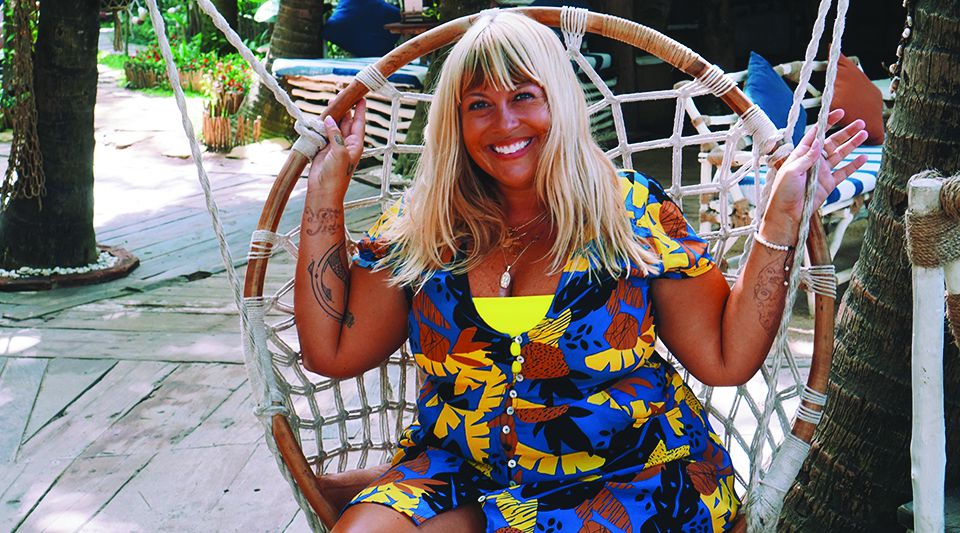
Fashion + Beauty
Unretouched—How Heather Caye Brown Disrupted the Swimwear Industry from Iowa
Heather Caye Brown always knew she wanted to be a designer. When she found out she wanted to spend the remainder of her life in a bikini, her career as a swimwear designer took off. Here's how she founded NIGHT DIVE from her home in Iowa.
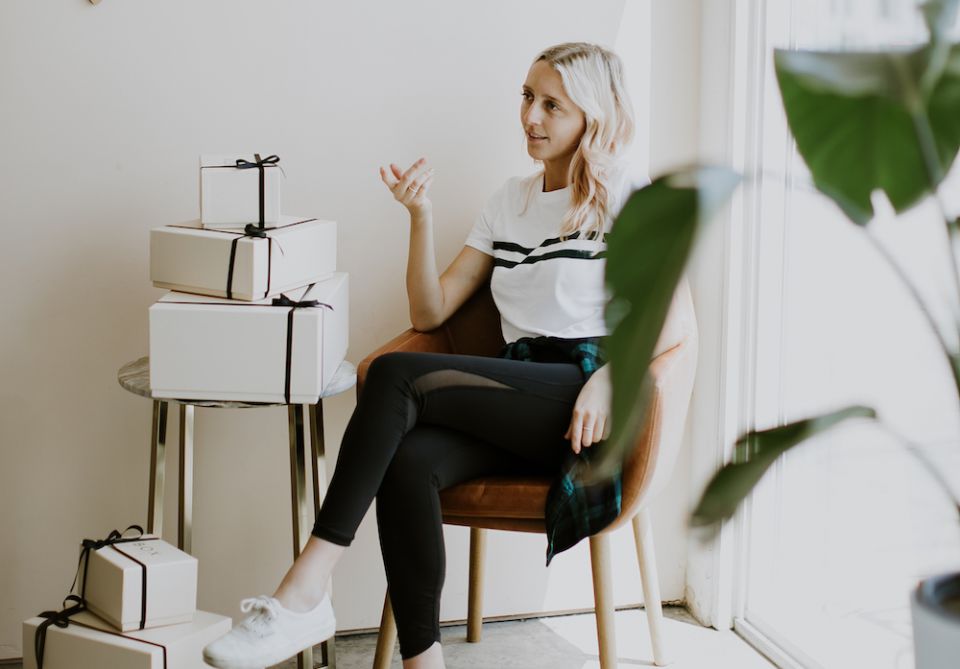
Fashion + Beauty
Disrupting the Gift-Giving Model with Co-Founder and CEO of BOXFOX
Chelsea Moore of BOXFOX joins us to talk about the gift-giving industry, about being a young leader, and how to work with friends.
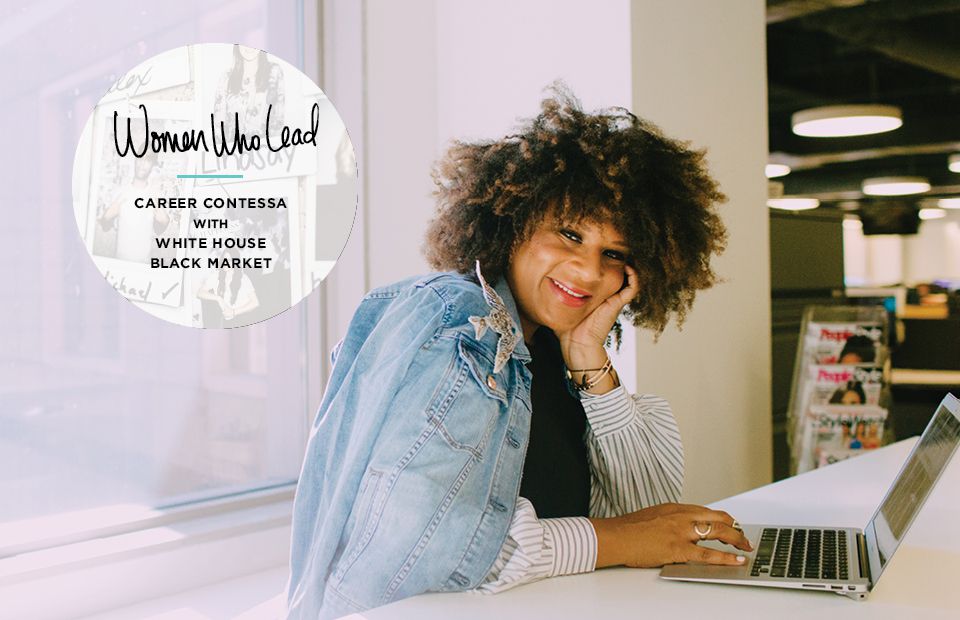
Media, Fashion + Beauty
Women Who Lead: Julee Wilson, Fashion & Beauty Director at ESSENCE Magazine
On what working in fashion media is really like and why balance doesn't exactly exist.
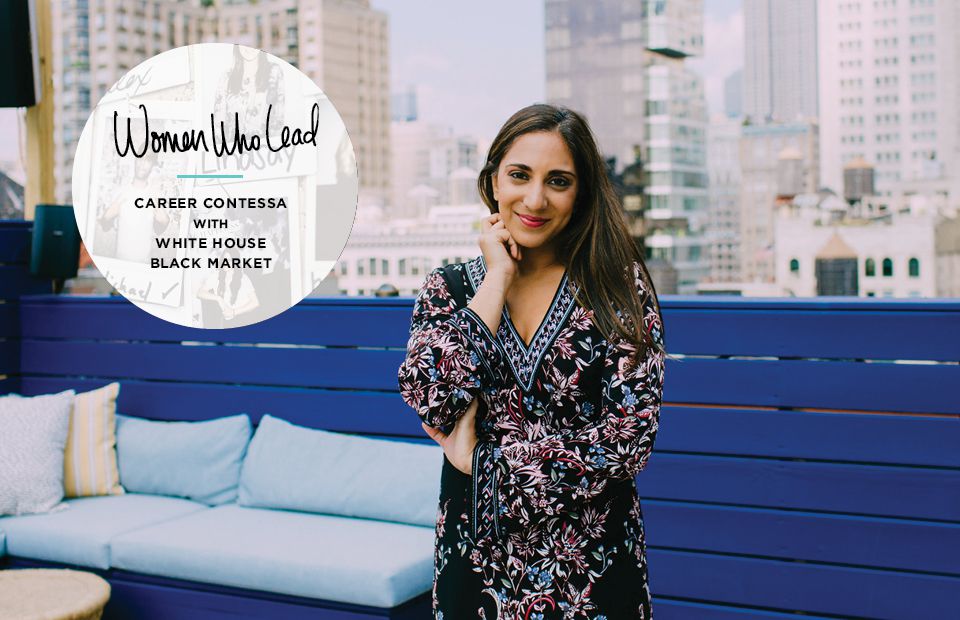
Media, Travel + Hospitality
Women Who Lead: Hitha Palepu of Hitha on the Go
On traveling for work, travel as work, and everything in between.
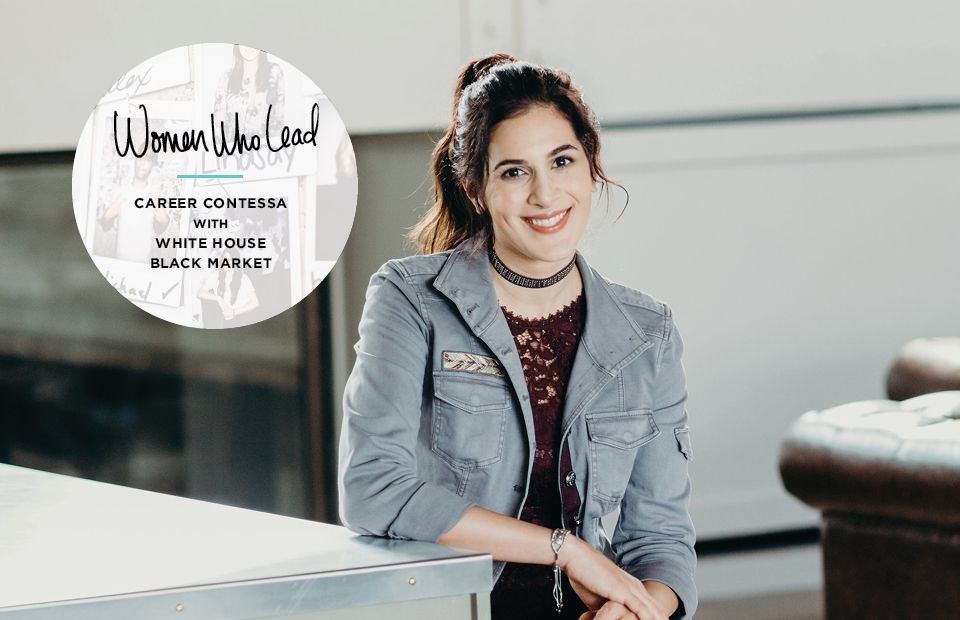
Media, Food + Beverage
Women Who Lead: Cynthia Samanian of Confetti Kitchen
From finance to foodie, Cynthia isn't afraid of risks—she's afraid of not taking them.
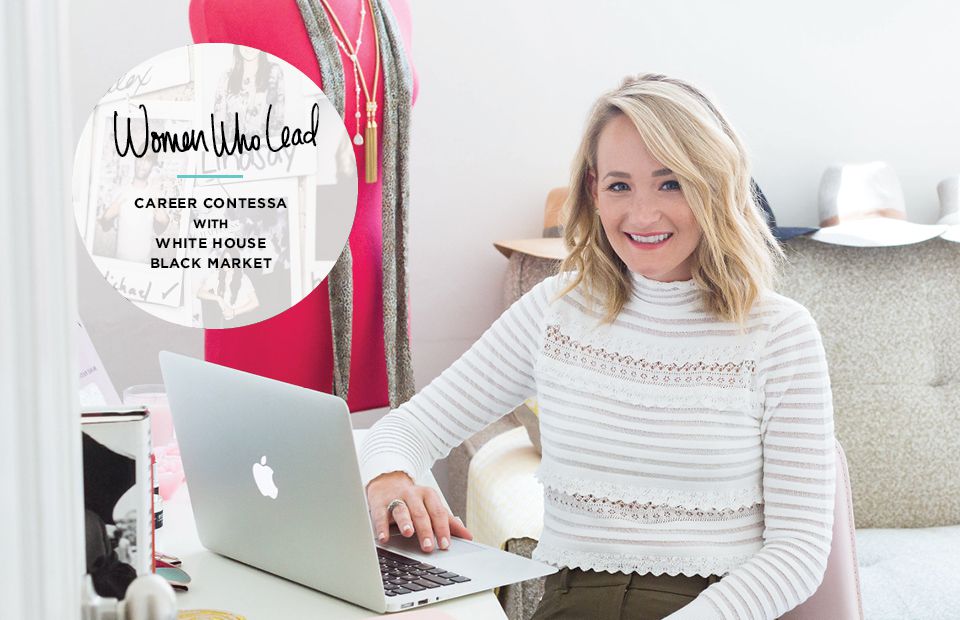
Media, Fashion + Beauty
Women Who Lead: Ashley Fultz of The Style Editrix
Ashley's showing us how motherhood and building a full-time career as a blogger can—and should—coexist.
Get the Best Career Advice Delivered To Your Inbox
Join our newsletter to stay in the loop.
